How to Make a Small Home Feel Bigger

After years of living in small spaces and helping clients optimize their small homes, I’ve learned how to make a small home feel bigger. You can even use these tips and tricks to learn how to make a studio apartment look bigger. Let’s get started living larger.
How to make a small home feel bigger
1. Goodbye clutter
The more little things you have the more chaotic and small a room feels. Use less furniture, decor, trinkets, kitchen gadgets that take over an area. I avoid items that are smaller than my fist because they clutter and require more dusting.
Congregate your clutter
Congregate things you love instead of spreading them out. Move special things together to the same location and it’ll start to look like an intentional collection.
Color coordinate
For example, color-coordinating your books on one shelf looks curated, not cluttered.
2. Be intentional
Be extremely intentional and surround yourself with what you love. You’ll feel happier in your home and size won’t matter anymore. You will resent your home if you force yourself to sacrifice everything because you’re living tiny.
3. Optimize your lighting
If you’ve ever lived in a small space without windows, you’ll know how truly claustrophobic it can feel. Use natural lighting by keeping your windows open or covered with sheer curtains when you can. If you don’t have good natural lighting, there are other ways to optimize lighting.
Use mirrors
Well-placed mirrors can brighten dull or dark areas, corners, or walls and make these spaces appear larger. Use a standing or wall mirror. Use Velcro strips for lighter-weight mirrors so they can hang on the wall.
Choose colors wisely
Optimize your lighting by using light-colored paint, furniture, and white bedding in small spaces. Patterns and a mix of colors tend to dull out the rest of the light in a room.
Layer your lighting
This means using undercabinet lights, table lights, or anything other than harsh overhead lighting.
Add puck lights
Even try small inexpensive puck lights. This creates small shifts in the mood of the space.
Create zones
Layered lighting also creates zones within your space.
4. Avoid open storage
Open storage requires maintenance and it’s a clutter magnet. Your eyes will naturally gravitate towards the open storage area when you walk into a room and it can magically shrink the size of your space very quickly.
Closed storage
I opt for closed storage when possible.
5. Draw your eyes upward
There are endless ways to achieve this. For example, white baseboards and trim are very noticeable. In a small space, it makes the link between floor and the ceiling very noticeable.
To solve this problem, I blended the baseboards so they matched the walls and painted the crown molding and the ceiling the same bright white. The result? The eyes no longer noticed the baseboards but also felt like the room grew a foot taller.
Hang curtains close to the ceiling
For curtains, hang the rod as close to the ceiling as possible and make the curtains as long as you can, preferably to the floor.
Hang things higher on the wall intentionally
Hang photos, towel hooks, shelves, and even shower curtain rods a little higher than where you think they would naturally go. This gives it a naturally lifted look.
6. Lengthen your space
Avoid placing rugs or furniture in any way that will make your room feel choppy. In a very tiny space, I generally steer clear of rugs altogether. However, rugs similar in color to the floor do help blend it without breaking up the room.
Or, go for a big rug that extends across the width of your room as much as possible. Place furniture in a way that opens up the room rather than breaks it up.
7. Allow for breathing room
Don’t push everything against walls or corners in a small room. Even creating a narrow path around a bed works better than shoving it against the wall. However, sometimes, you need a sofa against a wall for better flow.
Open wall space
This goes for walls–don’t fill every inch of wall space or you’ll feel claustrophobic. In this living room makeover, one wall was filled with prints the clients loved. Instead, we put their collection together as a statement gallery wall to give the room breathing space. You don’t have to eliminate what you love, you just have to place things smarter.
8. Avoid small space furniture
Small furniture may be uncomfortable and also make your space look smaller. Use less, but full-sized furniture.
IKEA’s SÖDERHAMN sofa works well but without arms, which eliminates choppiness, for example.
9. Fewer patterns
Keep prints, patterns, textures, and layers to a minimum, as well.
How to make a small home feel bigger
In general, less is more in a small space and it’s the essence of how to make a tiny house look bigger. I used to have a lot of decor pieces that had no real meaning. But over time, I’ve embraced a minimal style using meaningful pieces.
Do you have more tips to share on how to make a small home feel bigger? Share here in the comments.
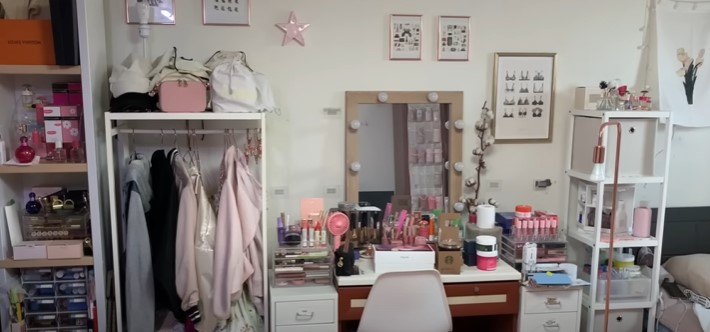




















































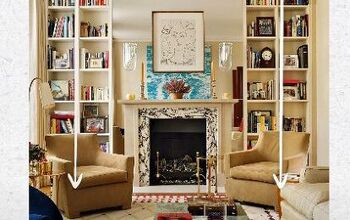
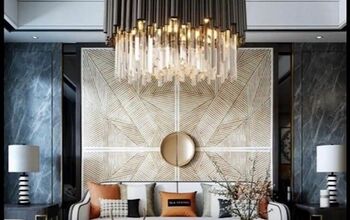


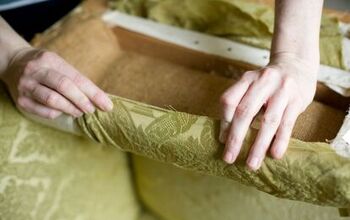



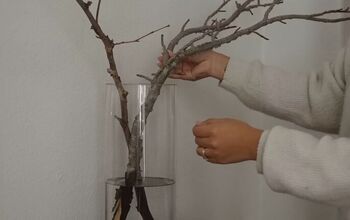

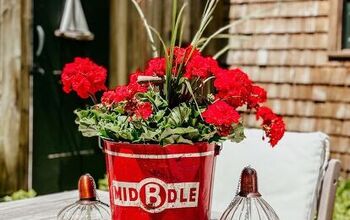



Comments
Join the conversation